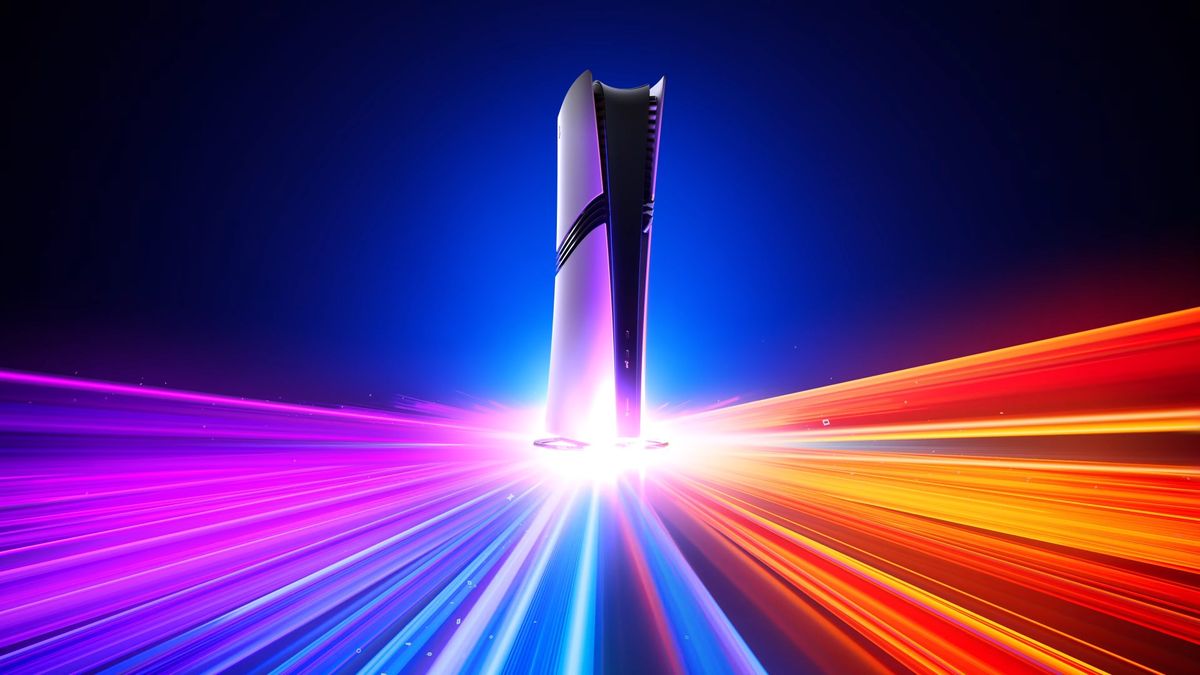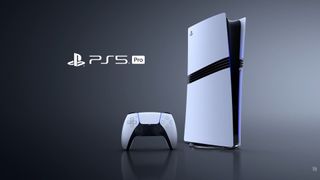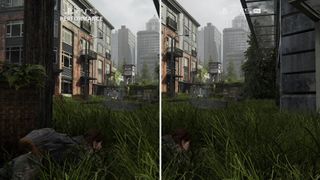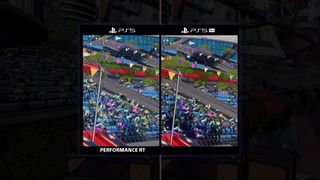PS5 vs PS5 Pro specs compared: how does the next console match up?
Here's how Sony's mid-cycle refresh compares to the original console

Mark Cerny is done talking up the new PS5 Pro and we now know what's in store for us when the mid-cycle refresh lands in our living rooms. On paper, the PS5 Pro represents a marked step up from the original console, boosting overall rendering power by 45% thanks to a "larger" GPU, though exactly what that GPU is remains to be seen.
The console looks to boost your game fidelity while maintaining higher framerates, all but removing the need for a 'performance' vs 'fidelity' decision when loading up a title. How? Through its new GPU boasting 67% more Compute Units than the original console, additional ray tracing effects, and AI upscaling via the brand's PlayStation Spectral Super Resolution software.
That's everything we heard about in the recent Technical Presentation, but Sony has explained more of what makes the PS5 Pro different from the PS5 on its official blog. The new console will feature Game Boost which can bring more than 8,500 games from the PS4 back catalog up to date with boosted image quality. It also packs WiFi 7, whereas the original PS5 was limited to WiFi 6. Virtual refresh rates are also on the table, as are 8K TVs. Of course, the original PS5 also launched with 8K compatibility slapped across the box, but this has been removed in the last few months.
Finally, the new PS5 Pro beats the PS5 in storage as well. Whereas the original model launched with 825GB of space, we're getting a 2TB SSD inside November's release, likely the same custom model as was featured originally.
Sony didn't make any mention of upgraded CPU features or system memory in its blog post or demonstration. For now, we're assuming that means the PS5 Pro is using the same AMD Zen 2 structure and 16GB high-speed RAM.

Outside of raw performance, there are some design changes to the latest PS5 Slim. Most noticeably, the PS5 Pro now sports a wider set of grills running along the middle of the console to keep it visually distinct. Interestingly, though, the blog posts explains that the "height is the same size as the original PS5, and the width is the same size as the current PS5 model". That likely means we're going back to a taller console design, while keeping things skinnier in the process.
| Specs | PS5 Slim | PS5 Pro |
|---|---|---|
| CPU | AMD Ryzen Zen 2 (8 cores, 16 threads, 3.5GHz) | AMD Ryzen Zen 2 (8 cores, 16 threads, 3.5GHz) |
| GPU | AMD Radeon RDNA 2 (10.28 teraflops, ray tracing acceleration) | Unknown |
| RAM | 16GB GDDR6 at 448GB/s | 16GB GDDR6 at 448GB/s |
| Storage | 825GB SSD (5.5GB/s read) | 2TB SSD (5.5GB/s read) |
| Output | 4K 120Hz, HDMI 2.1 | 4K 120Hz, HDMI 2.1, 8K |
| WiFi | WiFi 6 | WiFi 7 |
| Dimensions | H: 9.6cm | W: 35.8cm | H: 10.4cm | W: 35.8cm |
| Price | $499.99 / £479.99 | $699.99 / £699.99 |
PS5 Pro vs PS5: Graphics
Graphical power is where the PS5 Pro is putting most of its chips. The new console will upgrade its GPU for the first time in the PS5's life, with the new model boasting 45% faster rendering and additional resource for ray tracing and AI upscaling. On the ray tracing side that means you'll get more vivid and realistic reflections from the PS5 Pro vs the PS5. Cerny highlighted the new console's ability to track reflections off the side of individual cars in GT7, for example.
Sign up to the 12DOVE Newsletter
Weekly digests, tales from the communities you love, and more

That bigger GPU also means that players won't need to decide between visual fidelity and framerates. Before the PS5 this wasn't really a choice on console anyway - we all accepted that games would run at lower framerates on a PlayStation than they would a PC. However, with the original console's boost in power came a decision, now Sony wants to remove the need for that choice. The extra GPU power means the PS5 Pro can run at higher fidelity levels while still maintaining target 60fps framerates - PS5 players will often be lumped with lower 30fps rates if they opt for similarly intricate visuals.

Finally, Sony is introducing AI upscaling to its PS5 Pro, a feature that won't be available on PS5. Software like this is well-known in the gaming PC world, but this is console players' first foray into the world of AI pixel enhancement. Essentially, the PS5 Pro will be able to 'fill in the blanks' of a scene using machine learning AI in order to bring out more details and increase sharpness. In Cerny's comparisons, shots of far-away crowds in Ratchet and Clank: Rift Apart appeared far clearer and more detailed on PS5 Pro compared to PS5.

PS5 Pro vs PS5: Storage
While not shouted too loudly in the presentation, the PS5 Pro will actually feature 2TB of storage space compared to the original PS5's 825GB. That's a serious boost, especially for those tired of hunting down additional PS5 SSD options. It's a quality-of-life enhancement, but will mean you won't need to upgrade your storage quite so soon and you'll be able to keep more games on Sony's own super-fast system.
PS5 Pro vs PS5: CPU
At the time of writing, we're assuming that the PS5 Pro features the same Ryzen Zen 2 CPU as the original model. Mark Cerny didn't make any mention of a new model being featured in the upcoming console, and we're not one to guess at the support the new GPU might need. We'll keep this page updated if we do pick up any new information, though.
We know that PS5 Pro pre-orders will launch on September 26, but there are plenty of PS5 accessories to check out ahead of time as well.

Managing Editor of Hardware at 12DOVE, I originally landed in hardware at our sister site TechRadar before moving over to GamesRadar. In between, I've written for Tom’s Guide, Wireframe, The Indie Game Website and That Video Game Blog, covering everything from the PS5 launch to the Apple Pencil. Now, i'm focused on Nintendo Switch, gaming laptops (and the keyboards, headsets and mice that come with them), PS5, and trying to find the perfect projector.











